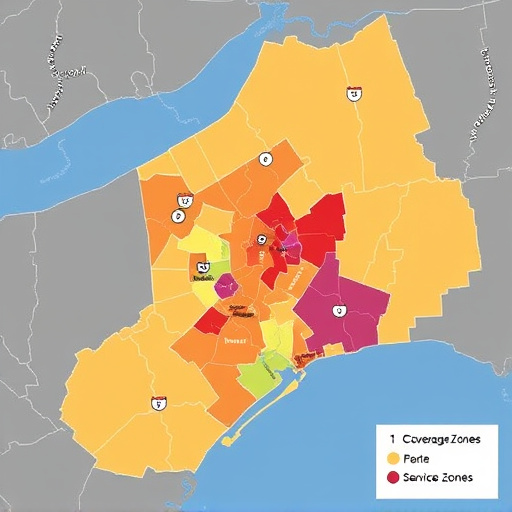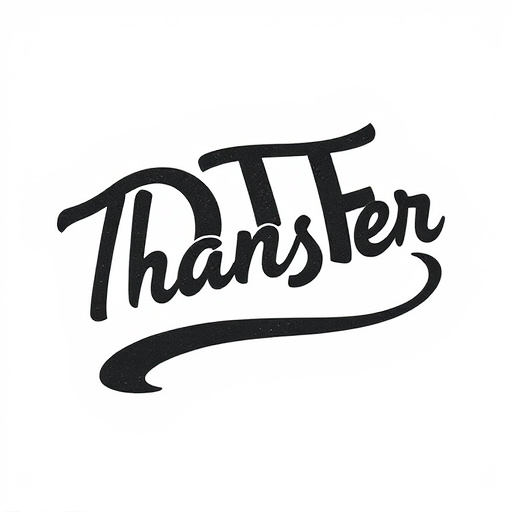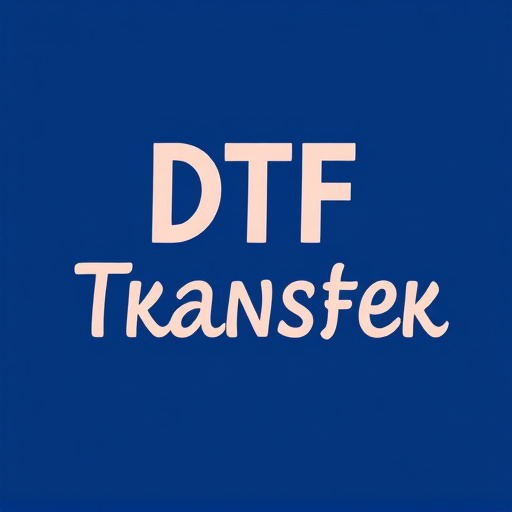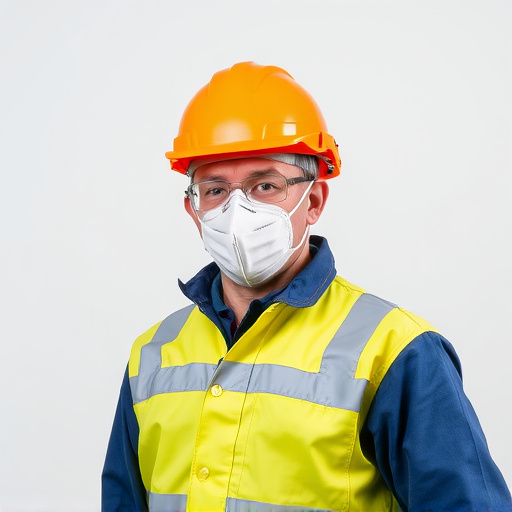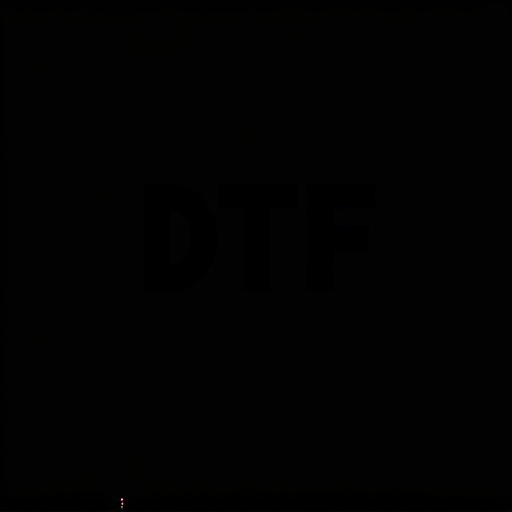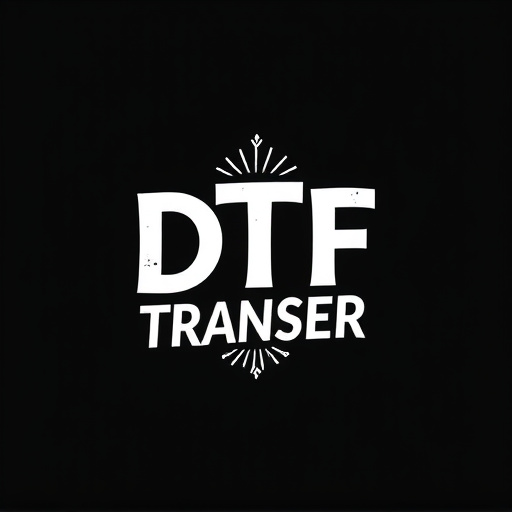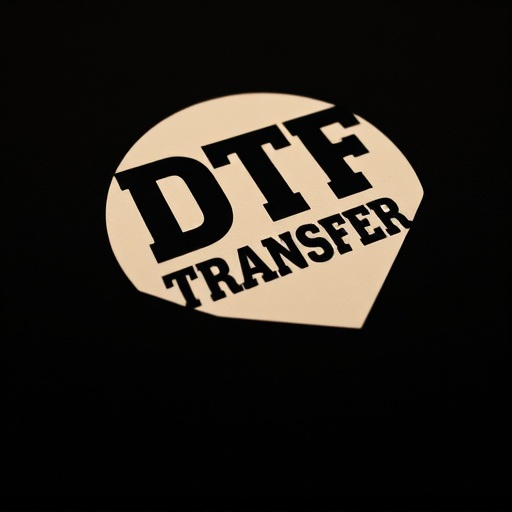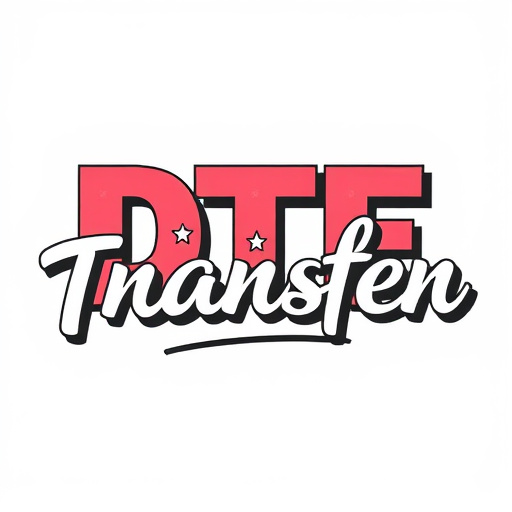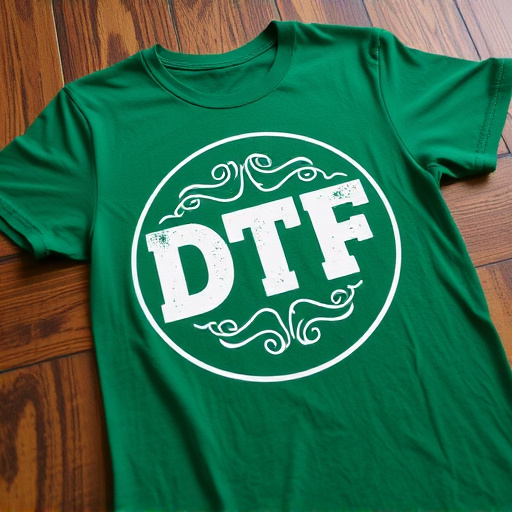Direct-to-Film (DTF) transfer is a cutting-edge printing technique offering fast, versatile, high-quality custom apparel and product branding solutions. Using precision adhesive powders, it bonds ink or dye directly to film surfaces for transfer to various substrates like fabric, metal, and plastic, achieving complex designs with vibrant colors and intricate details. Advancements in technology are driving DTF's popularity by enabling finer, more consistent powders that adhere to challenging design elements. The future of DTF looks bright, with trends focusing on higher resolution prints, improved sustainability, and AI integration for streamlined efficiency and reduced environmental impact.
Discover the magic behind Direct-to-Film (DTF) transfer technology, a game-changer in printing and design. This innovative process allows for precise, vibrant prints on various surfaces. At the heart of this revolution lies adhesive powder, a crucial component enabling the creation of durable, high-quality films. In this article, we’ll explore the DTF transfer process, the role of adhesive powders, their types and properties, application techniques, benefits, challenges, and future innovations, providing a comprehensive guide to understanding this captivating technology.
- Understanding Direct-to-Film (DTF) Transfer Process
- The Role of Adhesive Powder in DTF Creation
- Types and Properties of Adhesive Powders
- Application Techniques for Optimal DTF Results
- Benefits and Challenges of Using Adhesive Powder
- Future Trends and Innovations in DTF Technology
Understanding Direct-to-Film (DTF) Transfer Process
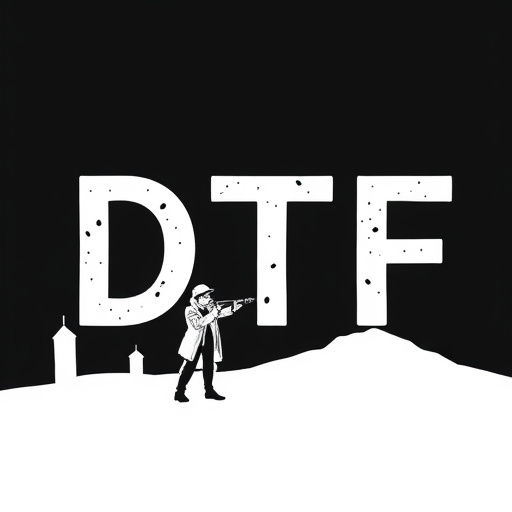
Direct-to-Film (DTF) transfer is a cutting-edge technique revolutionizing the printing industry, especially in the realm of custom apparel and product branding. This process involves transferring ink or dye directly onto a film surface, which is then pressed against the desired substrate—be it fabric, metal, or plastic—to achieve a precise and permanent print. The key advantage of DTF lies in its efficiency and versatility; designers can create complex, high-resolution prints without the need for traditional plate preparation or intricate setup.
Adhesive powders play a pivotal role in the DTF transfer process. These specialized powders are applied to the film surface, creating a sticky layer that ensures a strong bond between the film and the substrate during the press. The precision of this application is crucial, as it dictates the quality and longevity of the final print. With advancements in technology, adhesive powders have become finer, more consistent, and capable of adhering to even the most intricate design elements, making DTF an increasingly popular choice for those seeking fast, high-quality printing solutions.
The Role of Adhesive Powder in DTF Creation

Adhesive powder plays a pivotal role in the process of Direct-to-Film (DTF) transfer creation, serving as a crucial component that enables precise and durable adhesion between the design and the final substrate. When combined with specialized inks and films, this fine powder acts as a bond enhancer, ensuring that colors remain vibrant and details are retained without compromise. The powdery substance is meticulously applied to the film, creating a uniform layer that facilitates the transfer process.
During DTF printing, the adhesive powder undergoes a transformation, melding with the ink to form a robust bond when pressed against fabric, plastic, or other materials. This innovative technique allows for high-quality, long-lasting prints, making it a preferred method in various industries from fashion and textiles to signmaking and decoration. By mastering the use of adhesive powder, creators can unlock a world of creative possibilities, producing eye-catching designs that resist fading and maintain their structural integrity over time.
Types and Properties of Adhesive Powders

Adhesive powders play a pivotal role in Direct-to-Film (DTF) transfer creation, offering unique properties to ensure high-quality prints. These powders come in various types, each tailored for specific applications within DTF technology. One common category is thermoplastic powders, which soften and fuse together when heated, creating strong bonds between the ink and substrate. They are known for their excellent adhesion, flexibility, and durability, making them ideal for demanding print projects.
Another type is pressure-sensitive adhesives, designed to activate upon application of pressure, offering a simple yet effective bonding mechanism. These powders are particularly versatile, suitable for various materials and surface textures. Their quick setting time and strong hold contribute to efficient DTF transfer processes, enabling the creation of intricate designs with precision and accuracy.
Application Techniques for Optimal DTF Results

The application technique plays a pivotal role in achieving optimal results with Direct-to-Film (DTF) transfer technology. To ensure the best outcomes, precise and careful preparation is essential. This involves meticulously cleaning the target surface to remove any contaminants, ensuring it’s free from grease or dust. A smooth base is crucial for the successful adhesion of the powder. The adhesive powder is then evenly dispersed over the area using specialized equipment, ensuring a uniform layer. This step is critical as it directly impacts the quality of the final transfer.
For intricate designs, airbrushing or spraying the powder can create fine details and precise lines. For larger areas, a roller or brush application might be more suitable, allowing for even coverage. The choice of application method depends on the desired outcome and the complexity of the design. Proper distribution and an even coat are key to achieving crisp, clear, and long-lasting DTF results.
Benefits and Challenges of Using Adhesive Powder
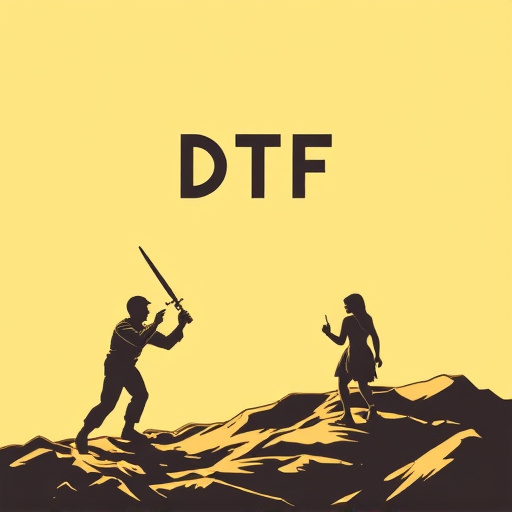
The use of adhesive powder in Direct-to-Film (DTF) transfer creation offers several benefits. Firstly, it enables precise and detailed transfers, making it ideal for intricate designs often seen in custom apparel and signage. This method allows for a wide range of materials to be bonded directly to various film types, opening up a multitude of creative possibilities. Additionally, the powder’s adhesive properties ensure long-lasting bonds, resistant to fading or peeling, which is crucial for outdoor applications and durables goods.
However, challenges exist in this process. One significant hurdle is achieving consistent application, as improper distribution can lead to uneven bonding. Environmental factors, like humidity, can also impact the effectiveness of the adhesive, requiring precise control conditions during the transfer process. Moreover, cleaning and maintenance are crucial to prevent residue buildup, which could compromise subsequent transfers and require frequent replacement of the powder.
Future Trends and Innovations in DTF Technology
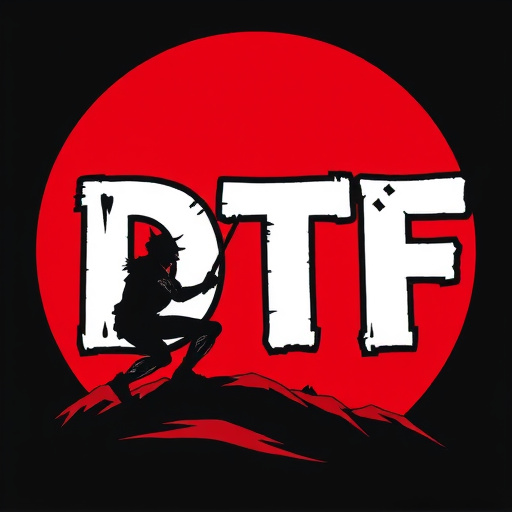
The future of direct-to-film (DTF) transfer technology looks promising, with continuous innovations pushing the boundaries of what’s possible in the printing industry. One of the key trends is the development of more advanced adhesive powders, which are becoming increasingly precise and versatile. These powders enable higher resolution prints, improved color accuracy, and better adhesion to a wider range of materials. Researchers are also exploring new techniques for powder application, aiming to streamline the process and enhance efficiency.
Additionally, there’s a growing emphasis on sustainability in DTF technology. Industry experts are focusing on creating eco-friendly powders that minimize waste and reduce environmental impact without compromising quality. Another exciting direction is the integration of advanced digital technologies like AI and machine learning to optimize print patterns, automate color mixing, and predict maintenance needs, further revolutionizing the DTF process.
